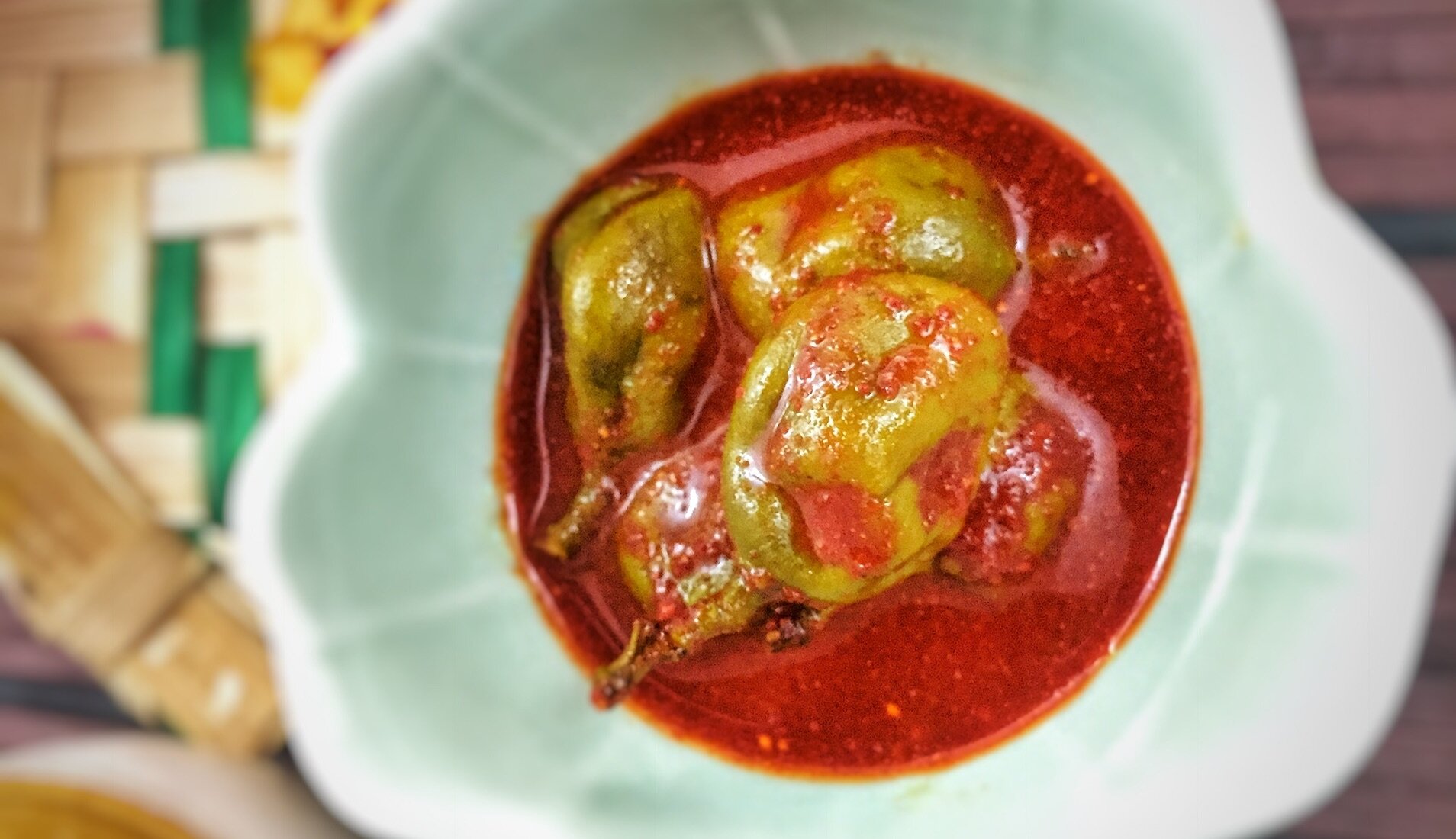How to Make Kerala-style Vadu Manga Pickle with Baby Mangoes

Come summer, households all over the country get ready to start pickling the bounty of produce in season. In Rupa’s household, it’s baby mangoes that get special attention.
Neither my middle-class background nor being middle-aged has betrayed me in the kitchen. I lived the glorious expat life for over two decades, and one of our last few global assignments brought us to India, where my time in the kitchen has been spent diligently, re-learning traditional recipes, discovering new herbs and spices, and desperately trying to create hacks with ingredients or techniques from the traditional Indian kitchen.
This summer, everything came too early. The kids wrapped up school just as March began. I bought tender baby mangoes to make the first batch of that quintessential south Indian summer pickle. Neither the kids nor husband really care for pickles, but they indulge me now and then, because I make it the effort. I, on the other hand, go into a frenzy every year, trying out every recipe I can lay my hands on; one never knows where the next summer will take us.
Vadu Manga, Maa Vadu, Kanni Mangai, Kadagu Manga, Kadu manga: this Tamil recipe goes by many names. My family comes from Thanjavur, home to the Iyer Brahmin cuisine, but I am partial to the Kerala-style vadu manga preparation. Let me explain: There are broadly two ways to prepare this pickle — one is to cure the mangoes in a salt and turmeric brine, and serve as is. The second version (the one I prefer) seasons the brine with spices, to make for a bright red, sour and spicy liquid, with a gentle sharpness from mustard, in which wrinkled baby mangoes float daintily.
Selecting tender mangoes is crucial; they should ideally be no more than an inch long, and only those with stalks still attached can be used to make this pickle. Leaving on a quarter inch of stalk ensures that the pickle will not spoil, as the sap is retained inside the mango, trapping all the flavours within. The pickle is then cured for two weeks. The contents must be shaken (never stirred). Twice a day we firmly hold the pickle jar and shake in a vertical circular motion to ensure the mangoes cure evenly.
Recipe for Kerala-style Vadu Manga
Ingredients
500 g baby mangoes with stem on, about 3-4 cups
4-6 tbsp salt
4-6 tbsp Kashmiri red chilli powder
2-4 tbsp spicy red chilli powder
2 tbsp turmeric powder
2 tbsp sesame oil
3 tbsp ground mustard seeds
1 cup boiled and cooled water, optional
Method
Wash and dry the baby mangoes (1-2 inch long), removing any damaged/blemished ones. Allow them to dry under the fan for an hour as there should be no moisture left on the mangoes.
Place the dry mangoes in a bowl, pour the oil over, and mix well to coat each mango.
Take a glass/non reactive jar and place a handful of mangoes, add a tbsp of salt, continue layering the mangoes and salt, until all the mangoes are done.
Seal the jar and let it rest. Twice a day, for the next 3-5 days, shake the jar well so that the brine inside is evenly distributed. The mangoes will soon shrivel, and take on an olive hue.
After 5 days, remove the mangoes from the brine with a clean spoon, and set it aside.
Now, mix the red chilli powders, turmeric and mustard powder into the brine. If you don’t have sufficient brine, add in the cup of boiled and cooled water. Add the mangoes back in and allow them marinate for a week.
You will know it is ready when the mangoes don’t taste astringent.
Tender mango pickles taste the best when served along with curd rice.
ALSO ON THE GOYA JOURNAL









